Growth in Plastics and Polymers
The Pigment Dispersion Market is witnessing significant growth due to the expanding applications of pigments in plastics and polymers. As industries increasingly adopt colored plastics for consumer goods, packaging, and automotive components, the demand for high-performance pigment dispersions is expected to rise. Recent statistics suggest that the plastics segment is anticipated to grow at a CAGR of around 4.5%, reflecting the increasing integration of pigments in various polymer formulations. This growth is further fueled by the need for enhanced visual appeal and product differentiation in a competitive market. Additionally, advancements in pigment technology, such as the development of specialty pigments that offer superior stability and color strength, are likely to contribute to the expansion of the Pigment Dispersion Market, catering to the evolving needs of manufacturers across diverse sectors.
Rising Demand in Coatings and Inks
The Pigment Dispersion Market is experiencing a notable surge in demand, particularly within the coatings and inks sector. This growth is primarily driven by the increasing need for high-quality, durable, and aesthetically pleasing finishes in various applications, including automotive, architectural, and industrial coatings. According to recent data, the coatings segment is projected to account for a substantial share of the pigment dispersion market, with a compound annual growth rate (CAGR) of approximately 5% over the next few years. This trend indicates a robust market potential, as manufacturers seek innovative pigment dispersion solutions to enhance product performance and meet stringent regulatory standards. Furthermore, the shift towards eco-friendly and sustainable coatings is likely to further propel the demand for advanced pigment dispersions, thereby shaping the future landscape of the Pigment Dispersion Market.
Expansion of the Construction Sector
The Pigment Dispersion Market is poised for growth due to the expansion of the construction sector. As urbanization continues to rise, there is an increasing demand for construction materials that incorporate high-quality pigments for aesthetic and functional purposes. The construction industry is projected to grow at a CAGR of approximately 6% in the coming years, which will likely drive the demand for pigment dispersions used in paints, coatings, and concrete products. This growth is further supported by the trend towards decorative and functional coatings that enhance the durability and visual appeal of structures. Additionally, the integration of advanced pigment technologies in construction materials is expected to improve performance characteristics, such as UV resistance and color retention. As a result, the Pigment Dispersion Market is set to benefit from the ongoing developments in the construction sector, creating new opportunities for manufacturers.
Increasing Environmental Regulations
The Pigment Dispersion Market is significantly influenced by the tightening of environmental regulations across various regions. Governments are implementing stricter guidelines regarding the use of hazardous substances in pigments, prompting manufacturers to seek safer and more sustainable alternatives. This shift is driving innovation in the development of eco-friendly pigment dispersions that comply with regulatory standards while maintaining performance. Recent data indicates that the market for non-toxic and low-VOC (volatile organic compounds) pigments is expected to grow substantially, as consumers and industries alike prioritize sustainability. Consequently, companies are investing in research and development to create compliant products that not only meet regulatory requirements but also appeal to environmentally conscious consumers. This trend is likely to reshape the Pigment Dispersion Market, fostering a more sustainable approach to pigment formulation and application.
Technological Innovations in Dispersion Techniques
Technological advancements play a pivotal role in shaping the Pigment Dispersion Market. Innovations in dispersion techniques, such as high-shear mixing and nanotechnology, are enhancing the efficiency and effectiveness of pigment dispersion processes. These advancements enable manufacturers to achieve finer particle sizes and improved color consistency, which are critical for high-quality end products. The introduction of automated dispersion systems is also streamlining production processes, reducing labor costs, and minimizing waste. As a result, companies are increasingly investing in state-of-the-art equipment to stay competitive in the market. Furthermore, the integration of digital technologies, such as artificial intelligence and machine learning, is expected to optimize formulation processes and enhance product development timelines. This trend indicates a promising future for the Pigment Dispersion Market, as companies leverage technology to meet the growing demands for quality and performance.





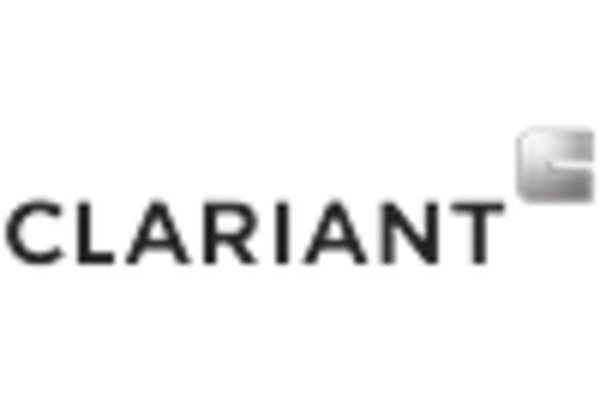
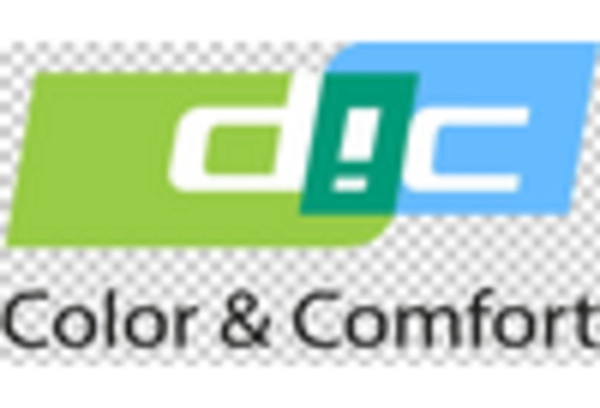
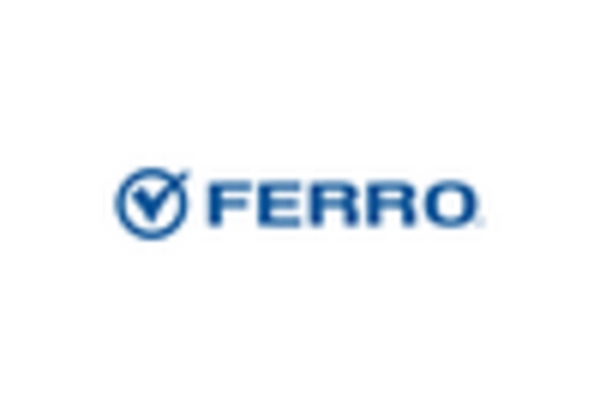
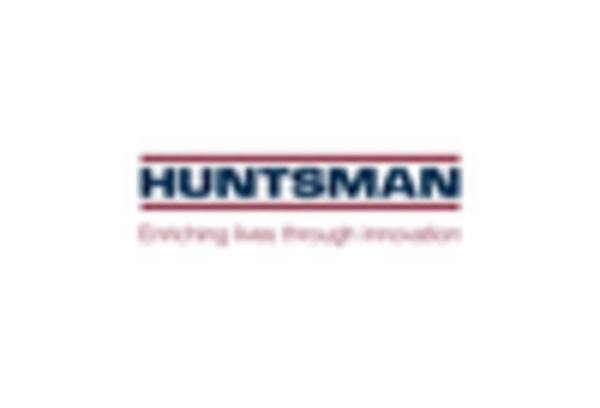
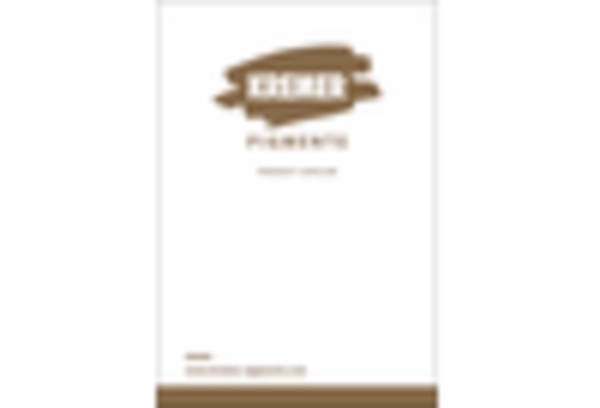








Leave a Comment